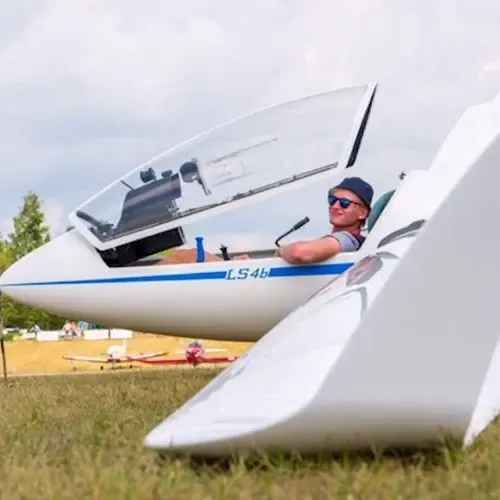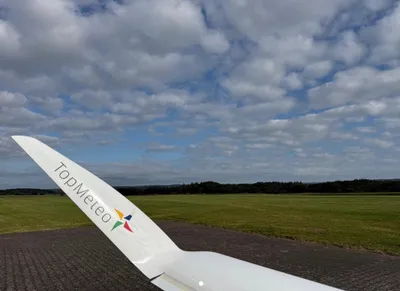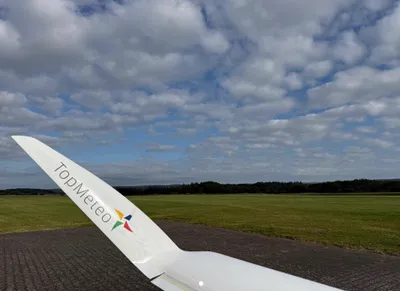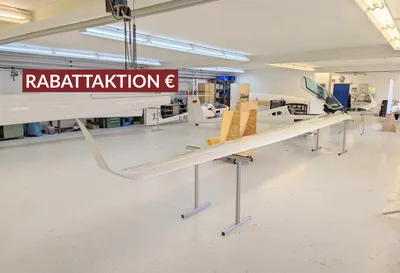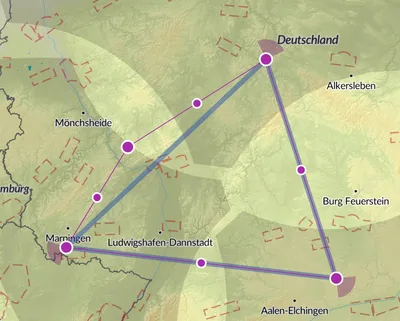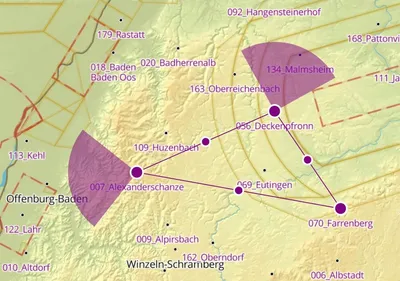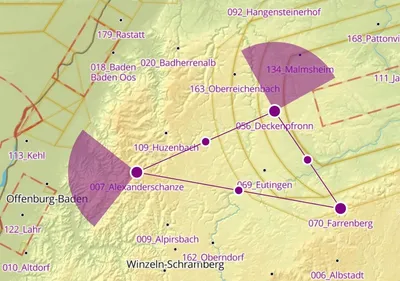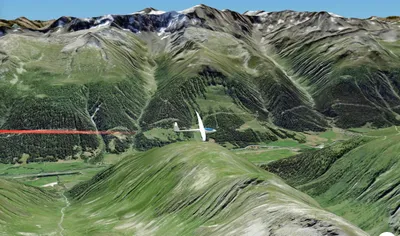What You See Is All There Is
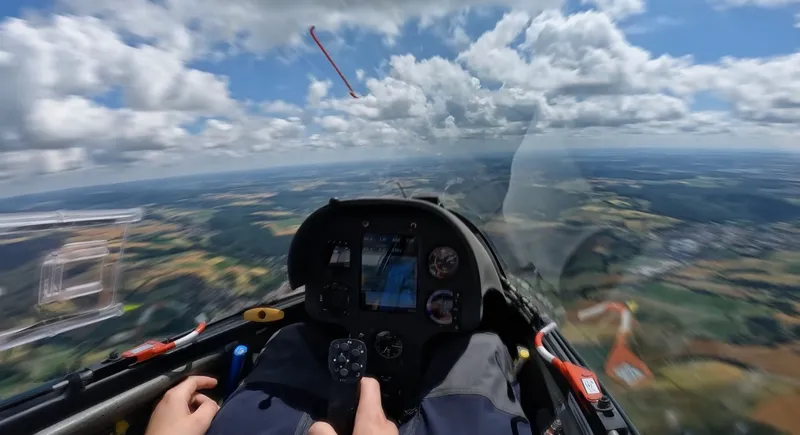
As we advance in our gliding careers, we learn to improve many things along the way. But this story is not about finding the core of a thermal more quickly or optimizing your speed to fly. This story is about seeing the bigger picture of what is going on in the atmosphere, about understanding how a day is developing.
Basic Question
A lot of optimizations of cross-country speed are about one simple question:
How much of altitude are we willing to trade for how many kilometers at any moment?
To answer this question, we need to answer two different questions: How fast do we think we will climb in the next thermal and how good are our alternatives?
We intuitively look at the cloud formations on track and use our experience of previous flights to map the cloud optic to some expected climb values. The more experience we have, the better we get at this process. For training purposes, I sometimes call out the climb value I expect just before entering a thermal. I'm often surprised by how bad I am at doing this.
There exist more sources of information we can make use of. Satellite pictures. Information from other pilots over the radio. Weather forecasts.
Replacing the Question
In reality, we often don't think about how good the next climb will be. We replace the above questions with another one:
How good did I climb in the last thermals?
This is not a bad approach after all. We make use of the information we have accumulated over the course of the flight. Each day is different and the same optic on different days might indicate very different conditions.
We need to be aware however that we use a very narrow frame. By only relying on our experience and perception of the day, we are prone not to think about how good the weather is in general. Rather, we are rating how good the small sample of thermals that we hit was, while we are only covering a tiny part of the sky with our track.
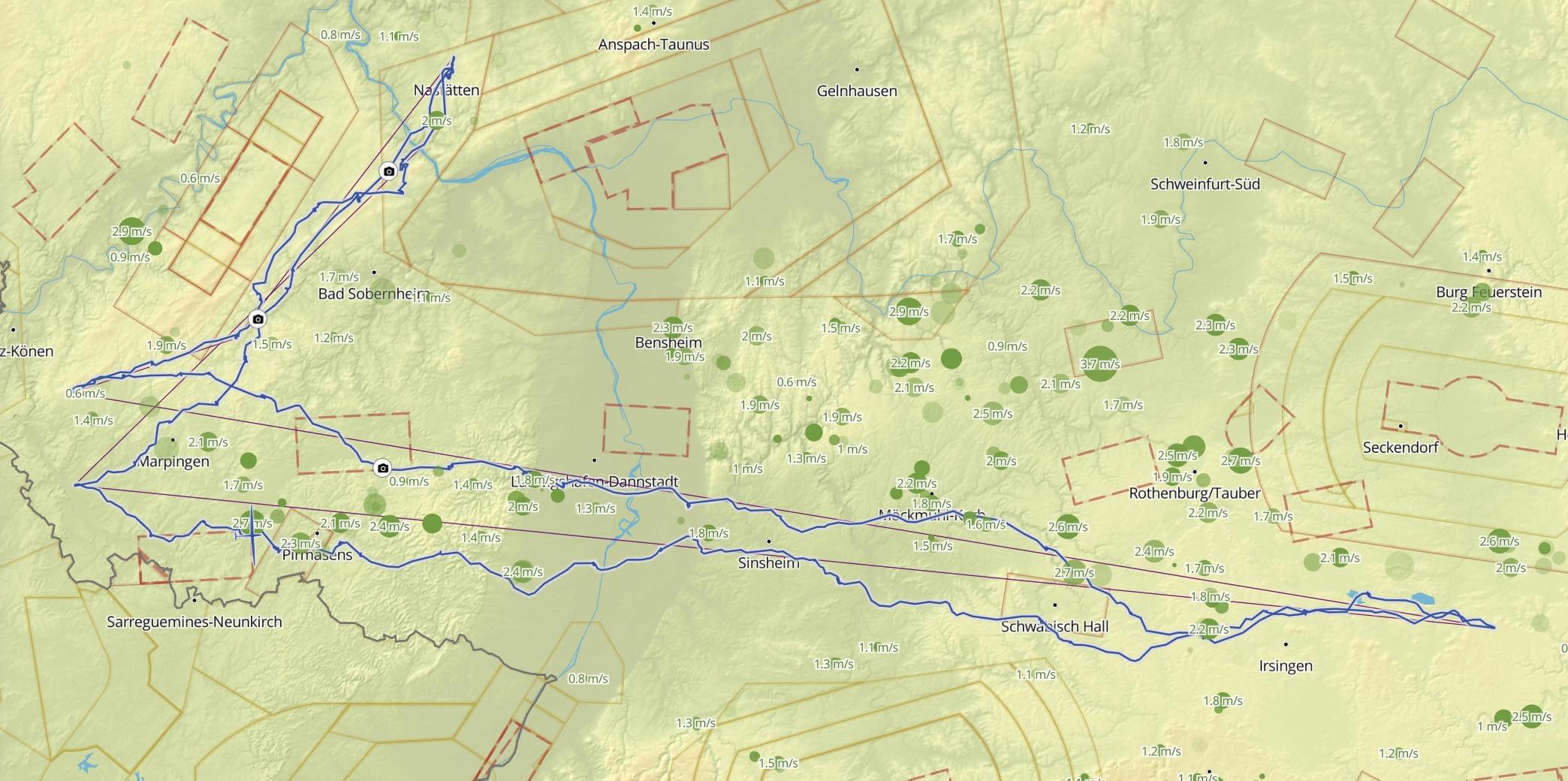
What You See Is All There Is
"What you see is all there is" is a term popularized by the psychologist Daniel Kahneman. It describes the cognitive phenomenon that our brains are wired to believe that the information we have is all the relevant information there is. This can be problematic as we tend to not look for what we don't see.
We don’t spend too much time thinking “well, I might have missed one or two important thermals, but maybe the weather is not too bad after all. There are still many things I don’t know.”
Even worse, after having hit multiple strong thermals, how often do you think: “hold on, maybe I just got lucky, I shouldn't overrate this thermal. I should stay calm and try to understand how the weather is developing.”
The world around us is complex, and this also holds true for what is happening in the atmosphere. Our minds are made up to build a simple, coherent model of the world that we can understand. We are striving for a coherent story and will (subconsciously) look for information that supports our model of what is going on.
If we are low and struggling to find a climb, the other occasions when we were low in the same area might come up in our minds. We might think: “Didn't someone mention this morning that there was lots of rain in this area yesterday?”
Getting a wrong overall picture of what is going on can be very costly. Thinking about past flights, I am astonished at how quickly I often judge the weather. All too often, I associate personal struggling with bad weather conditions.
So how can we find out if we judged the weather correctly or if we failed to see the bigger picture? To help you with that, we released a new feature: Thermal Replay. Simply scroll over the barogram and see all the thermals of the day pop up and disappear again. You will see all the thermals you could have taken. You can find out if your judgment of the weather really was correct or if you just missed the good thermals.
Different thermal strengths are represented by different thermal radii. With one quick glance, you can see how good conditions in an area were at a particular time.
Facing my Mistakes
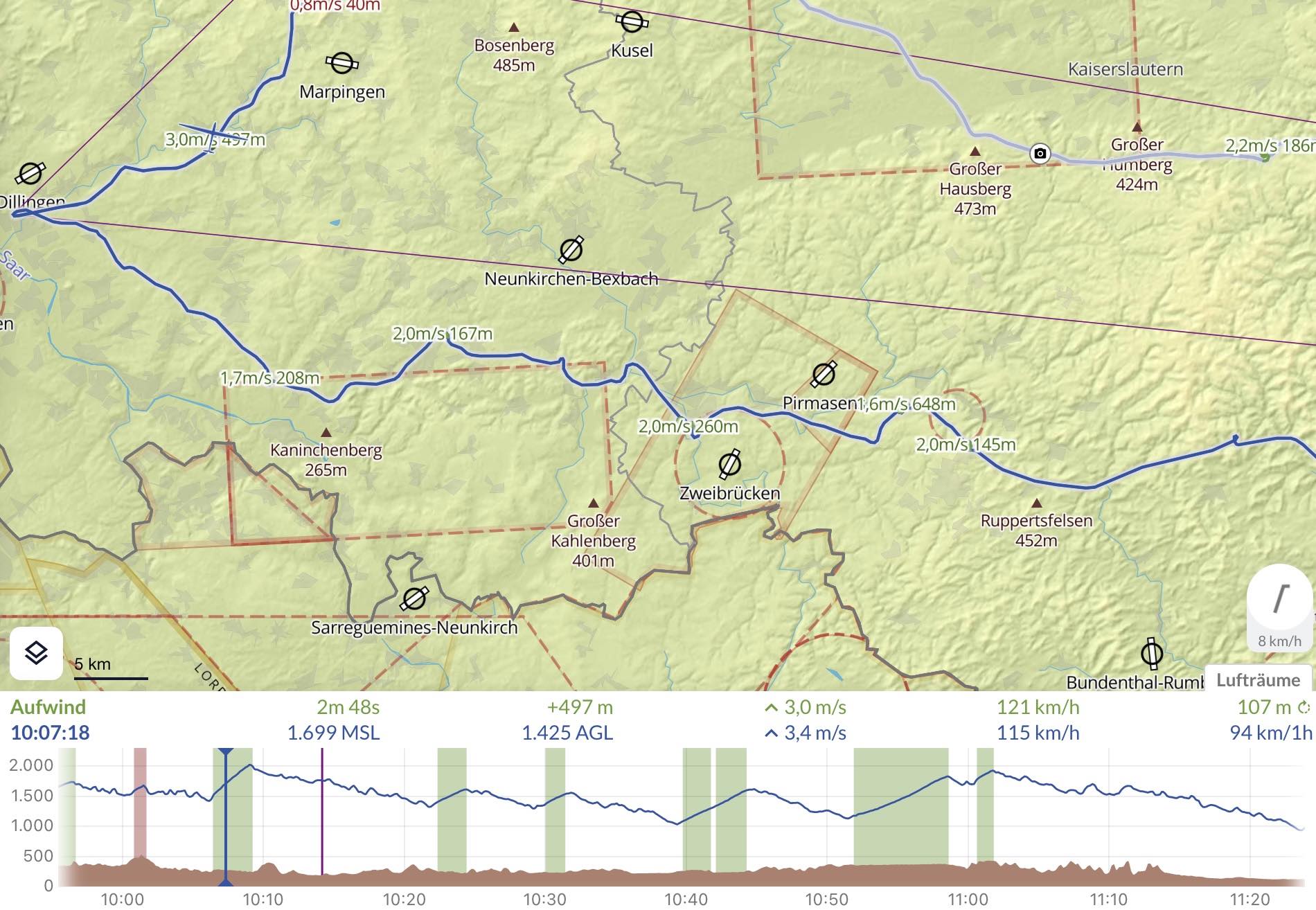
Let's have a look at my flight on the 16th of July and see if we can identify some of these mistakes. After launching at 09 UTC from Nastätten, I followed the Hunsrück in the South-Western direction. The climb values were around 1.5 m/s on the first leg. Near Marpingen, I hit the first good climb and reached 2000 MSL, and turned to fly in the Eastern direction shortly after.
On the following 50 km, I struggled to gain altitude. The climb values I hit were around 1.6 - 2.0 m/s, but I was only able to gain around 200m in each thermal. You can see that I took quite a lot of detours but still didn't manage to stay high. In my flight comment, I wrote:
In the Saarland, the air was quite unordered and the climbs were torn.
While flying, I was very quick to judge the weather as difficult. I had taken lots of detours and still hadn't found a good thermal. I remembered that last year, I also had a hard time near Saarbrücken in similar (rather dry) conditions. Maybe this area just doesn't work well early on these kinds of days? I had my story about what was happening.
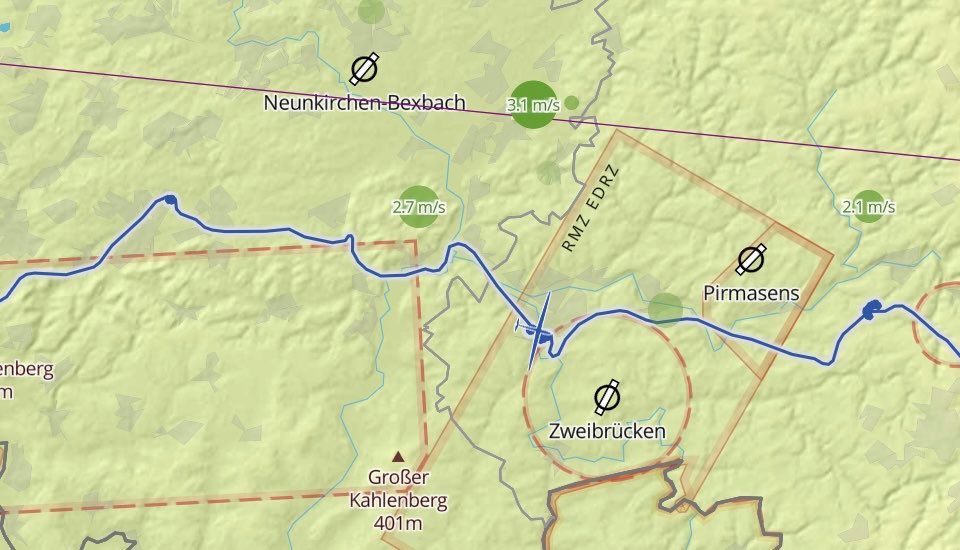
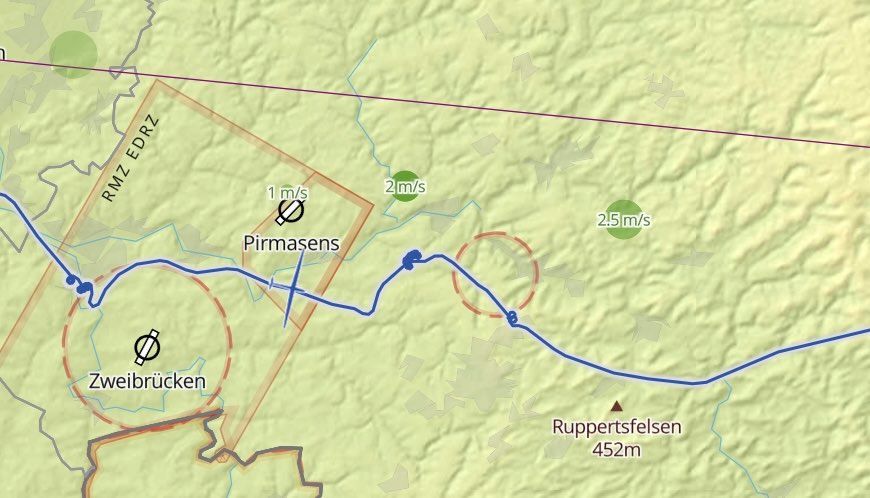
In the evening, I switched on Thermal Replay and noticed that I had had a much harder time than a lot of other pilots. Just a bit north of my flight trace, I could see multiple good thermals. At one time, I had actually flown a big detour which lead me to miss out on a good 2.7 m/s climb. If I had hit one of the good climbs, I would have saved multiple minutes of detours.
After also switching on the satellite images, I saw that I was flying right on the edge of the clouds (further to the south there were only blue thermals) and probably should have flown a few kilometers to the north.
Changing Speed at the Right Times
Switching gears when conditions change is one of the most important things when flying cross country. In the late afternoon, after having enjoyed perfect conditions (131 km/h in the last hour as shown in the barogram) further east, I had to cross the Rhine Valley. Conditions in the Odenwald and Kraichgau still were very good with regular climbs between 3 and 4 m/s. Further west in the Pfälzer Wald, conditions also seemed very good.
As you can see in the picture, climb rates in the Rhine-Valley were significantly worse at that time and the thermals were not as regularly spaced. I should have climbed another 400m in good conditions and would have entered the Rhine Valley with maximum altitude. But I was flying a few hundred meters below the cloud base and failed to switch from 'racing-mode' to 'stay-high-mode'.
In the following half hour, I got a bit low in the Rhine valley and had to take multiple weaker climbs. I was still lucky, though. Other pilots lost way more time in this area. I had noticed my mistake while flying already, but seeing it in all clarity with Thermal Replay helped me understand how easily it could have been avoided.
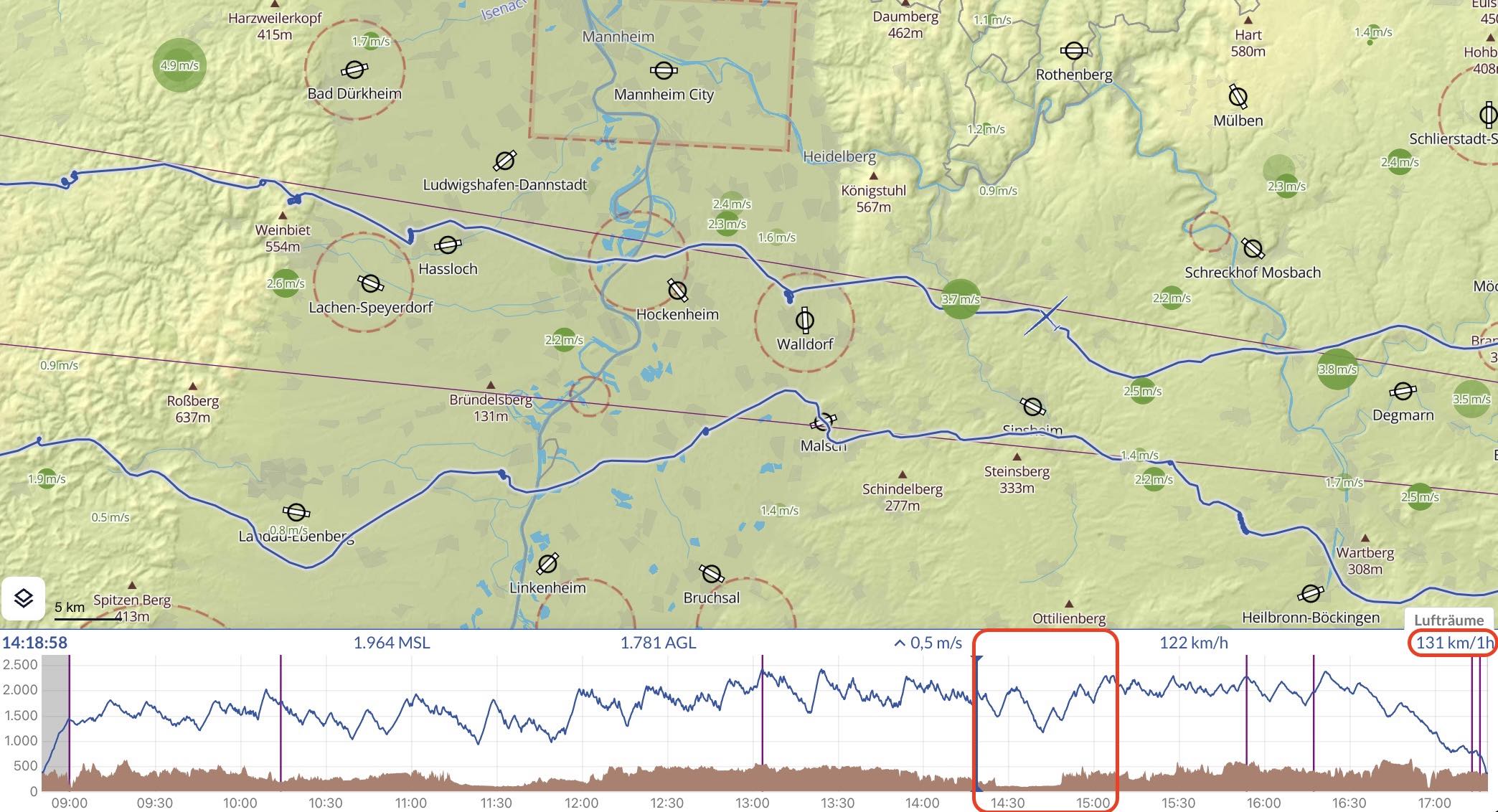
Evening Thermals
Especially late in the day as climb values worsen, hitting the right climbs becomes increasingly important.
On the evening of the 16th of July, I was desperately fighting for final glide. The wind from the North had increased, the sky was entirely blue and I needed one last thermal for another 300 meters of altitude. A pilot flying some 20 minutes in front of me reported very weak conditions.
On the north side of the Hunsrück, originating from a quarry, I found my ticket home, 0.8 m/s. I thought that I had found one of the few last thermals of the day and was quite surprised to see that there were multiple other climbs on the southern (lee) side of the Hunsrück. So again, the data by Thermal Replay contradicted the model that I had made up in my mind.
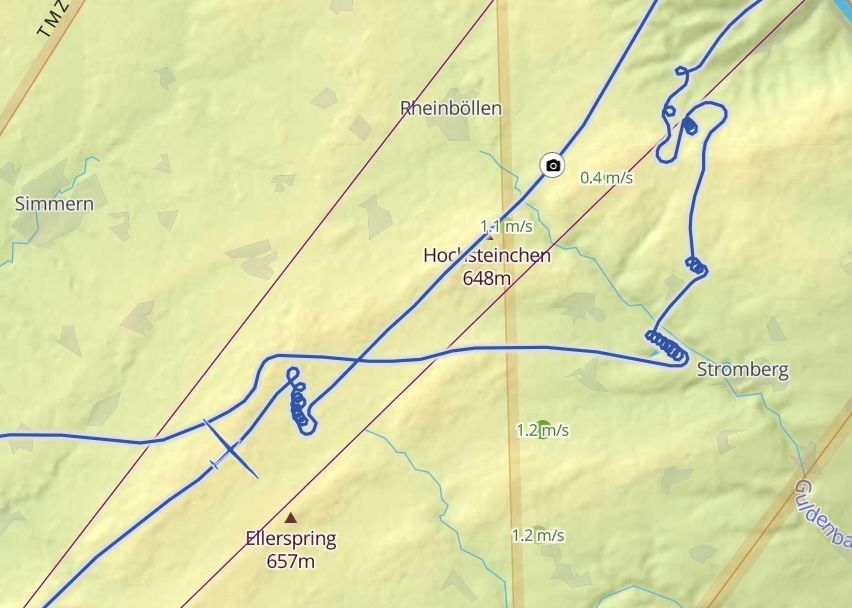

Solutions
Once you think you know what is going on, try to find evidence that contradicts your hypothesis. Force yourself to look out for things that may not fit into the picture. The weather is not always simply good or bad. When planning your flight, try to find multiple positive and multiple negative points: “Thermal strength is forecasted to be excellent, but the wind is picking up in the afternoon which might make them hard to center.”
While flying, accumulate information from as many sources as possible. After a few good thermals, ask yourself why other pilots are lower than yourself. Imagine yourself landing out in the next hour. Try to come up with a plausible story of what happened.
I am not telling you not to trust your intuition. You should have confidence in your judgments and decisions. But you will make much better decisions if you challenge yourself from time to time and if you don't believe in the coherent story.
Thermal Replay is a feature we launched as part of a bigger summer 2022 update. You can try it for free for up to 14-days. We also listened to your feedback from the newsletter and the amazing Phase Analysis is now part of the cheaper Supporter subscription.
